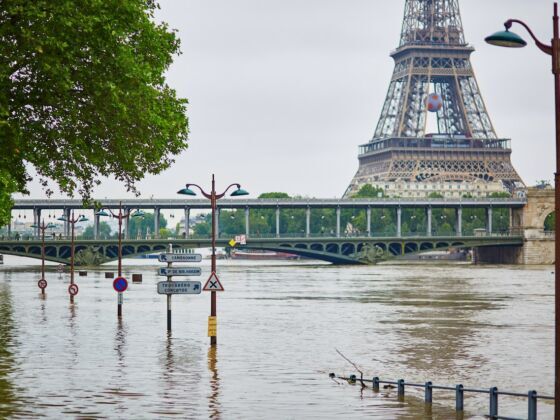Paris is looking at the worst flooding in a century after weeks of heavy rain. The rain has lifted the River Seine by nearly 13 feet in the course of a week, and the city’s Instagrammers are there to capture it.
The rising waters have forced the evacuation of at least 365 people, shut down the city zoo after the escape of 52 baboons, and is currently threatening the Louvre.
